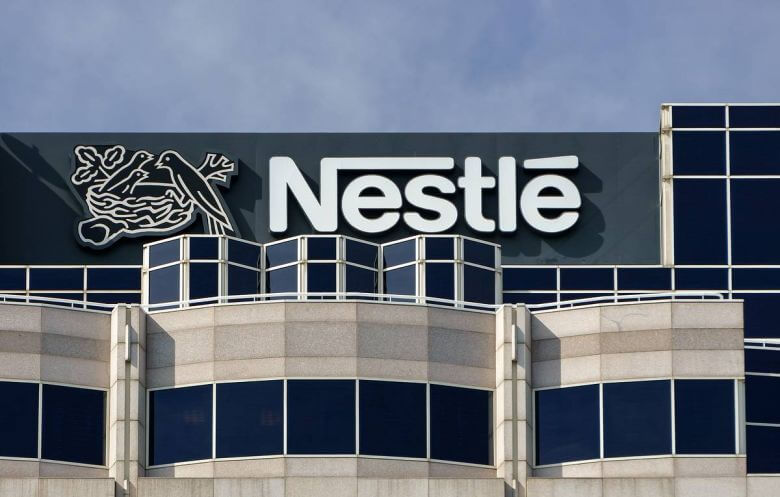Unveiling the Coffee Boom: How Nestle Revolutionized Beverage Culture in Japan
To consider this case, let’s remember once again what Nestle is like.

Nestle is one of the world’s largest food and beverage corporations, based in Switzerland. It specializes in the production of a wide range of products, including coffee, chocolate, dairy products, breakfasts, confectionery and more. The company has branches and subsidiaries all over the world and is widely known for brands such as Nescafe, KitKat, Nestea and many others.
And now, let’s go deeper into the story.
In the late 1980s, Japan witnessed an economic upswing that opened up huge market potential. Rapid economic growth has made Japan one of the world’s largest economic centers. This rise, known as the “Japanese economic miracle,” was based on industrial innovation, technology investment and an active export policy. It has led to a significant improvement in living standards and strengthened Japan’s status as a key participant in the global economy. Nestle, a well-known international corporation, decided to take advantage of this opportunity and introduce its instant coffee to the Japanese market, a product that failed to gain popularity in its native Switzerland.

Initial tests showed promising results; the Japanese fell in love with coffee. Excited entrepreneurs expected profits, but their hopes were dashed as the Japanese were in no hurry to purchase the product. The question remained: why?
The answer lay in the power of emotional branding.
Emotional branding in marketing is a strategy for creating and maintaining an emotional connection between a brand and its consumers. Unlike traditional methods that focus on product characteristics, emotional branding aims to evoke certain feelings or emotions in consumers. This can be achieved through the use of advertising, content, design and other means that activate emotional reactions and associations with the brand. Such connections can strengthen customer loyalty and contribute to the long-term success of the company.
Clotaire Rapai, a well-known marketing consultant and psychoanalyst, suggested that Japanese people who are used to green tea lack an emotional connection with coffee. He suggested establishing such a connection between the product and the consumer, starting with children. Rapai argued that childhood experiences deeply shape our preferences; therefore, instilling a love for the taste of coffee from childhood can create a long-term association.

Nestle redirected its efforts to create coffee-flavored candies, exploiting children’s attraction to sweets. This strategic move marked the beginning of the emergence of sugary coffee drinks in cans, which eventually led to teenagers drinking coffee from large mugs.
This is a lyrical digression aside, but the facts speak for themselves. In three decades, coffee consumption in Japan has doubled and continues to grow. Today, Japan is the largest coffee consumer in Asia, bypassing giants such as China, Vietnam and Korea. The theory proved to be effective; emotional attachment to childhood coffee experiences grew into a thriving industry that brings profit to all interested parties.
As Japan continues to embrace its new love of coffee, Nestle’s innovative approach is becoming a testament to the transformational power of emotional branding, not only changing consumer preferences, but also the entire cultural landscape of beverages.
